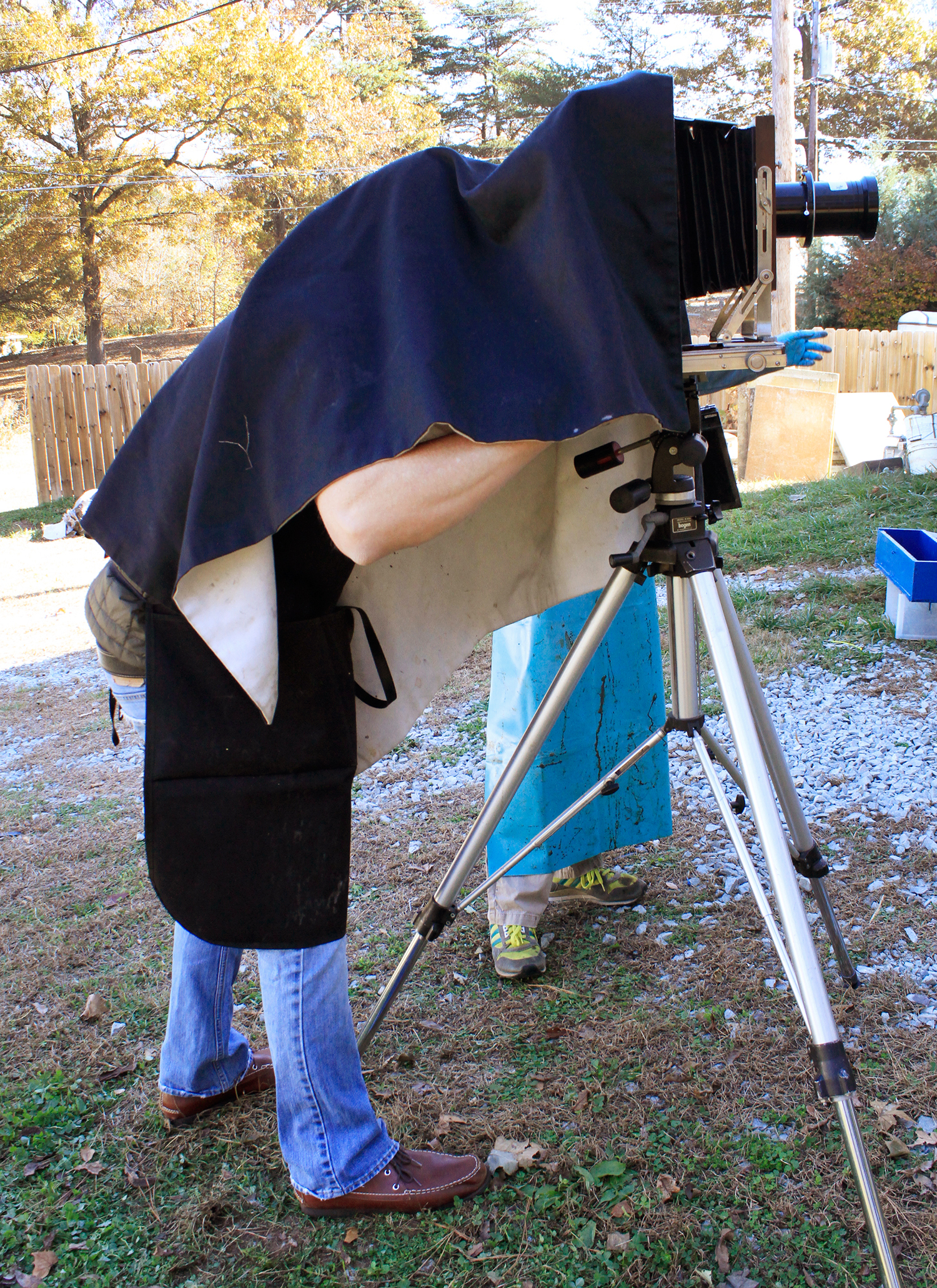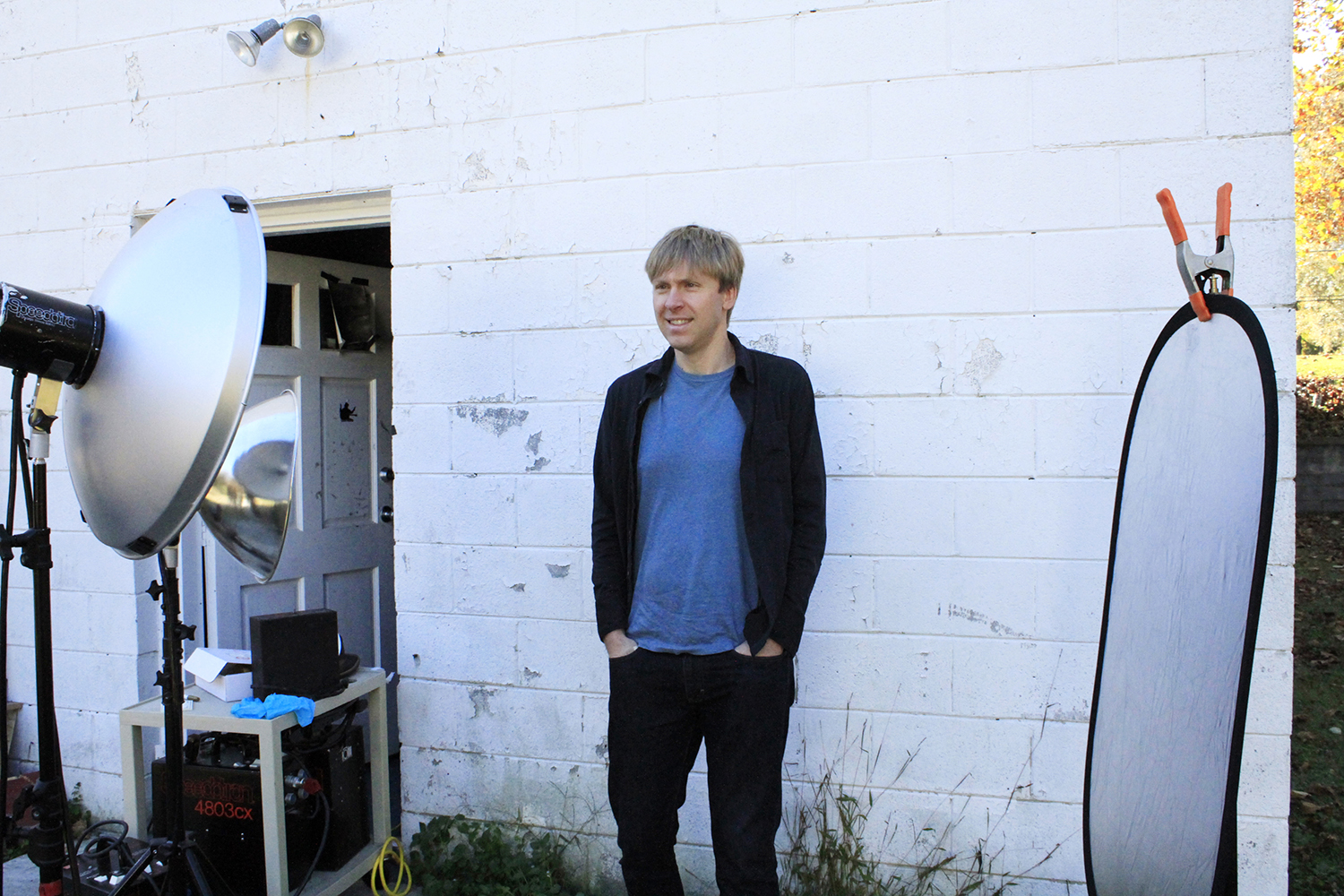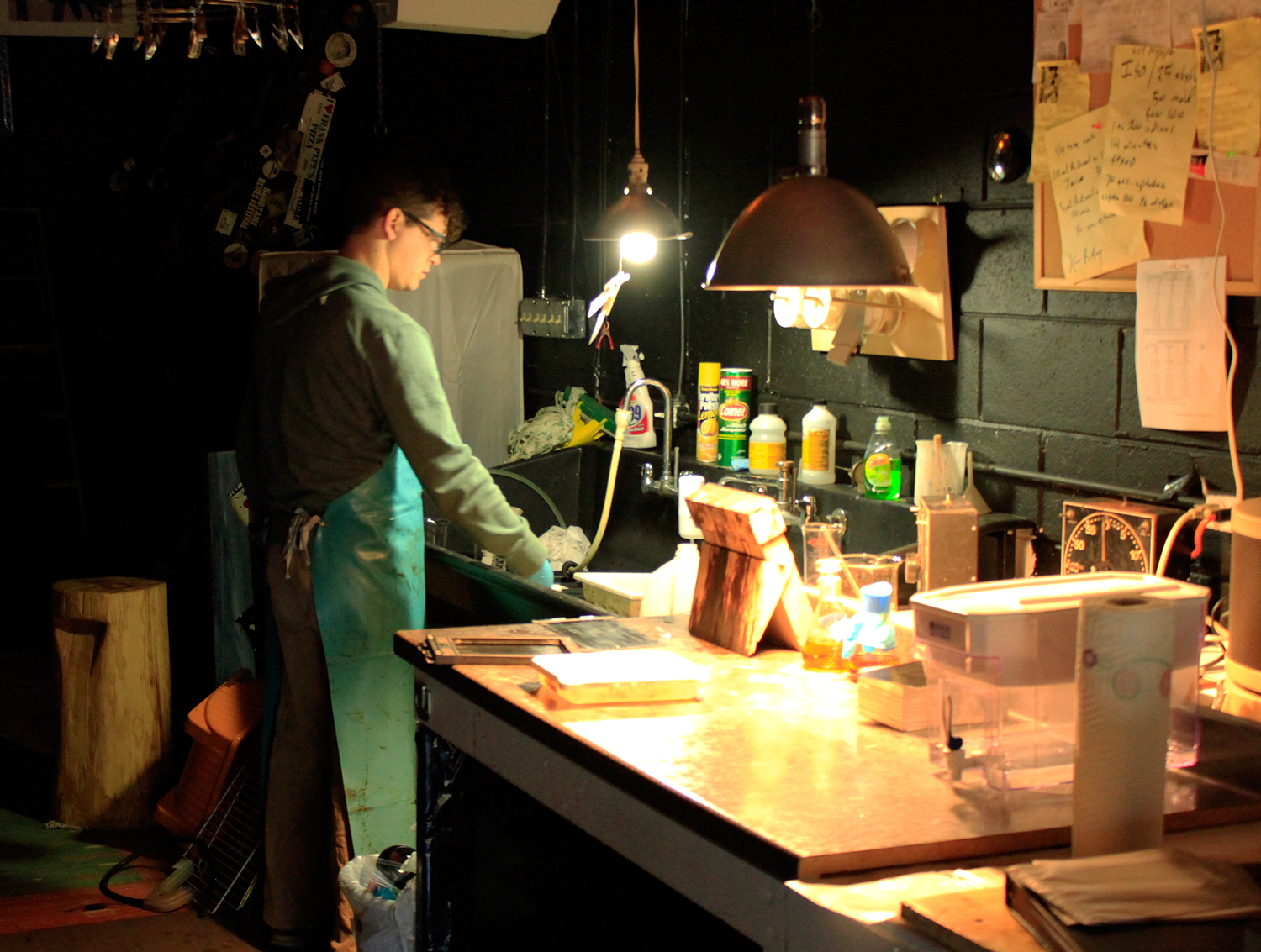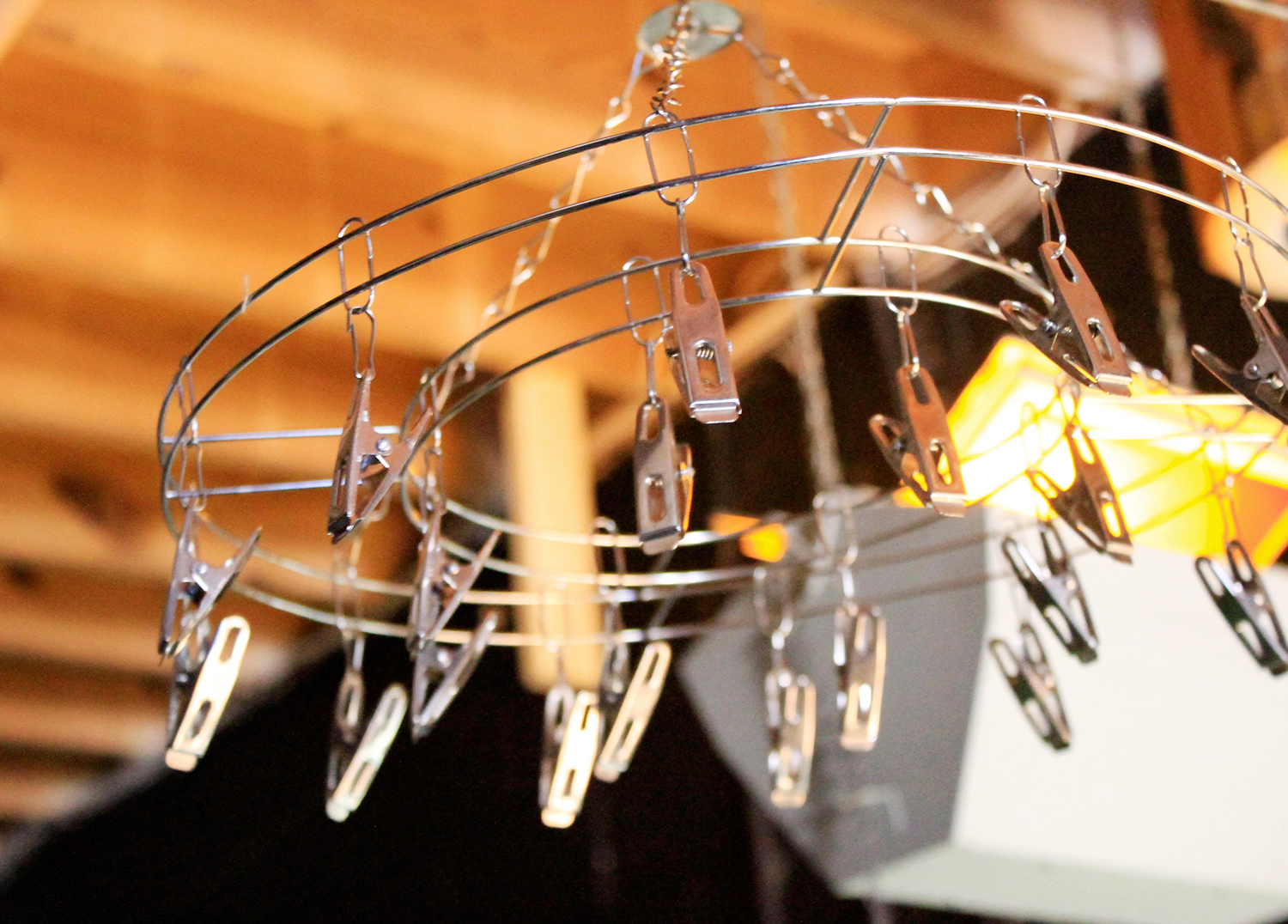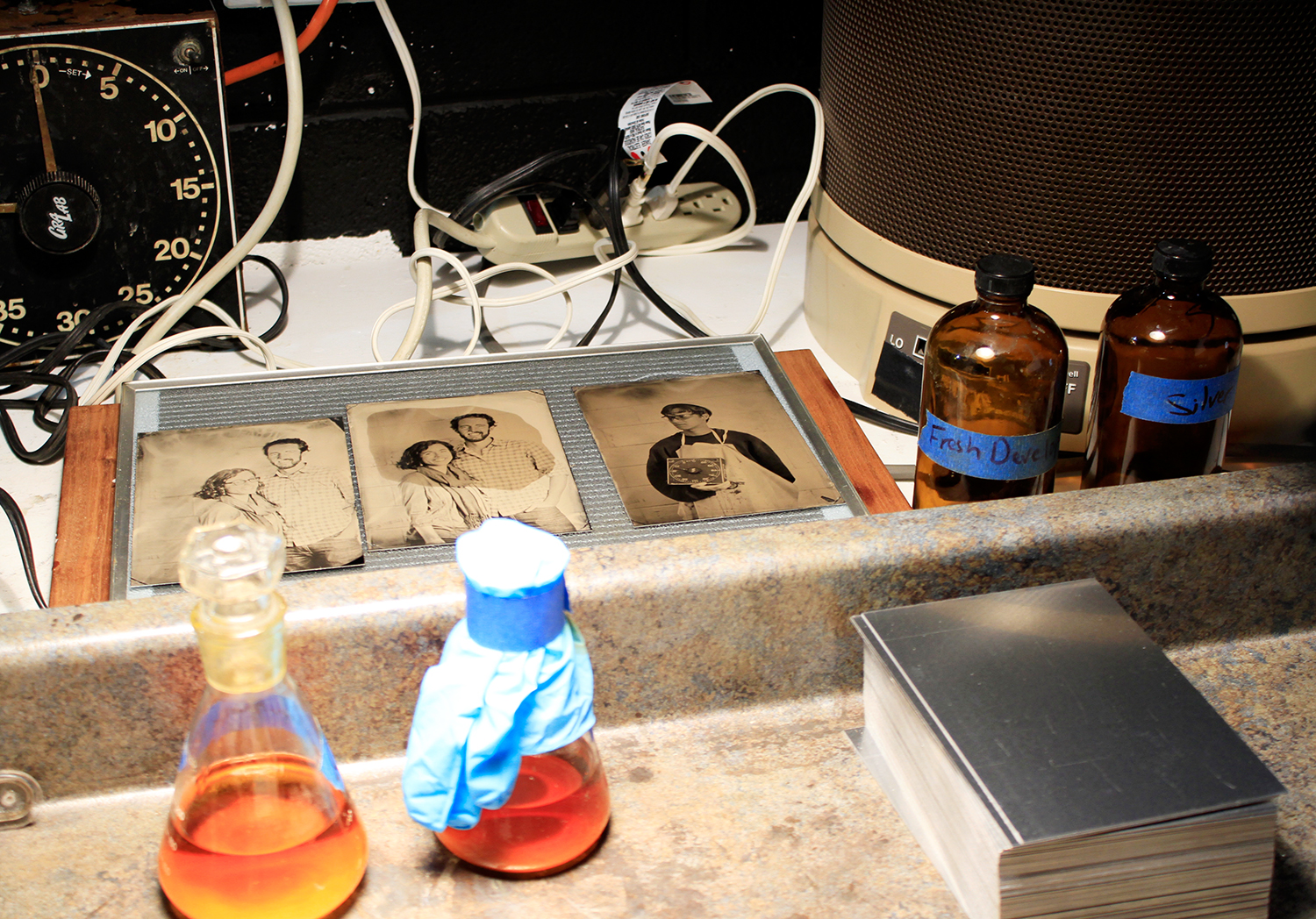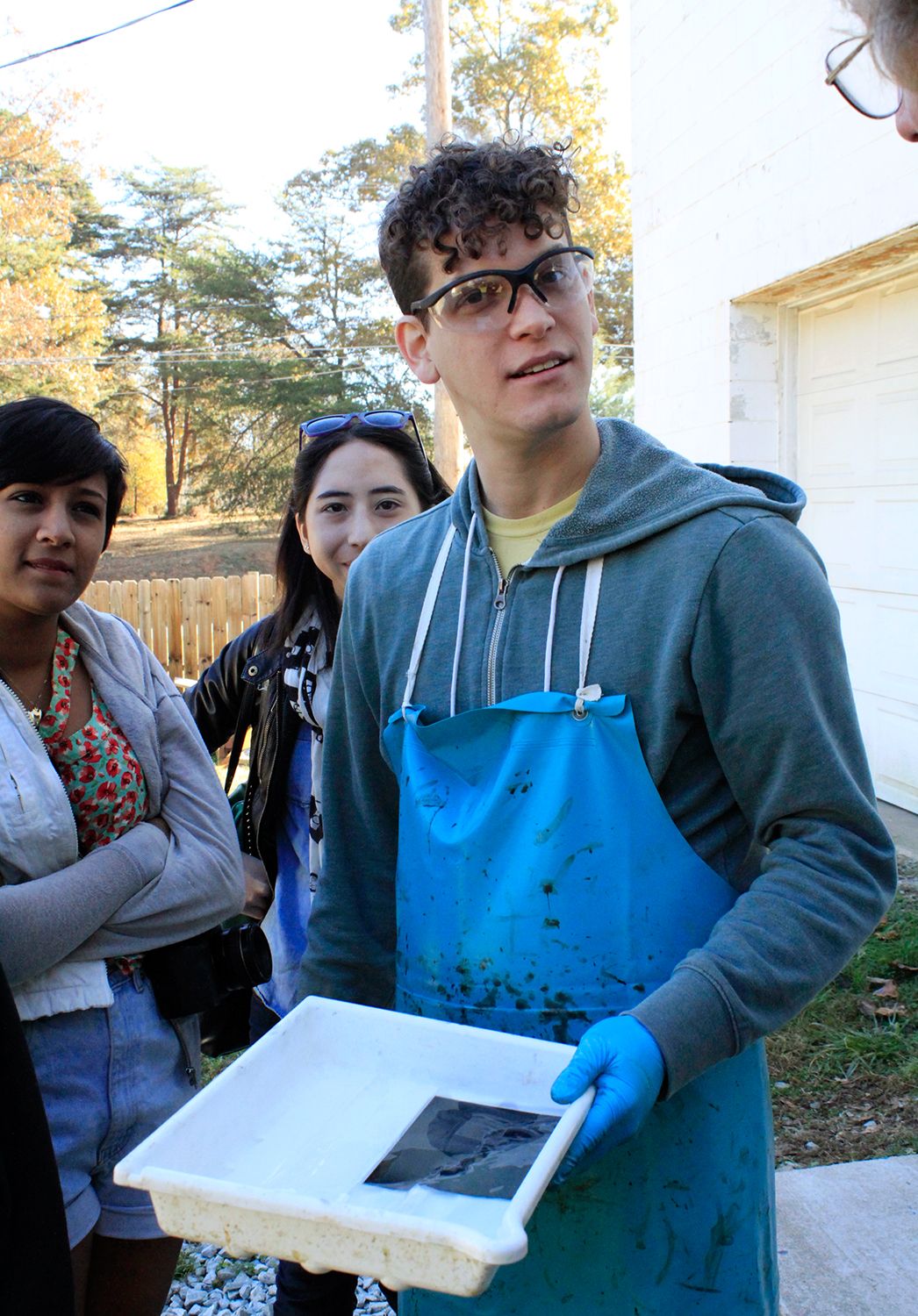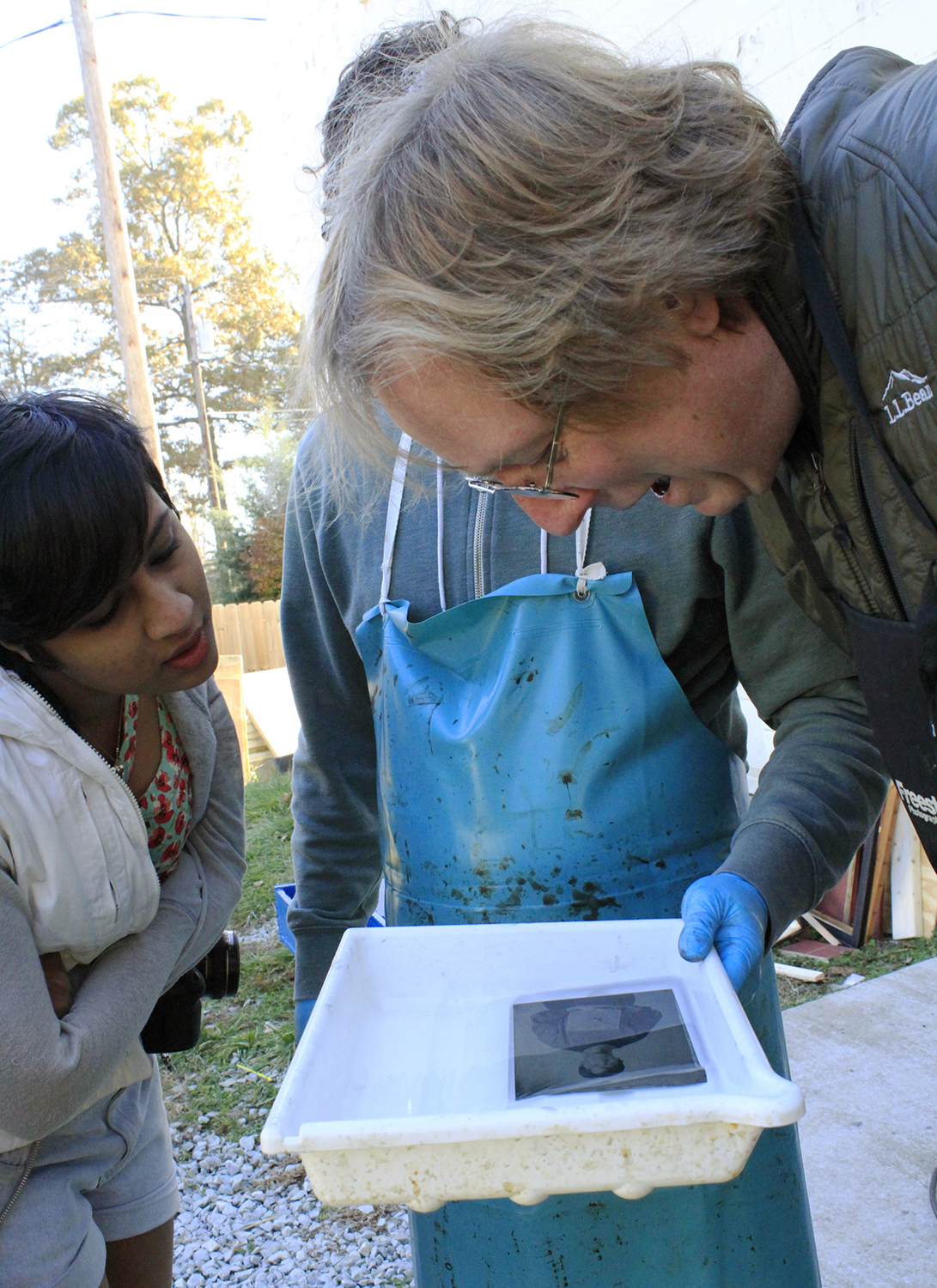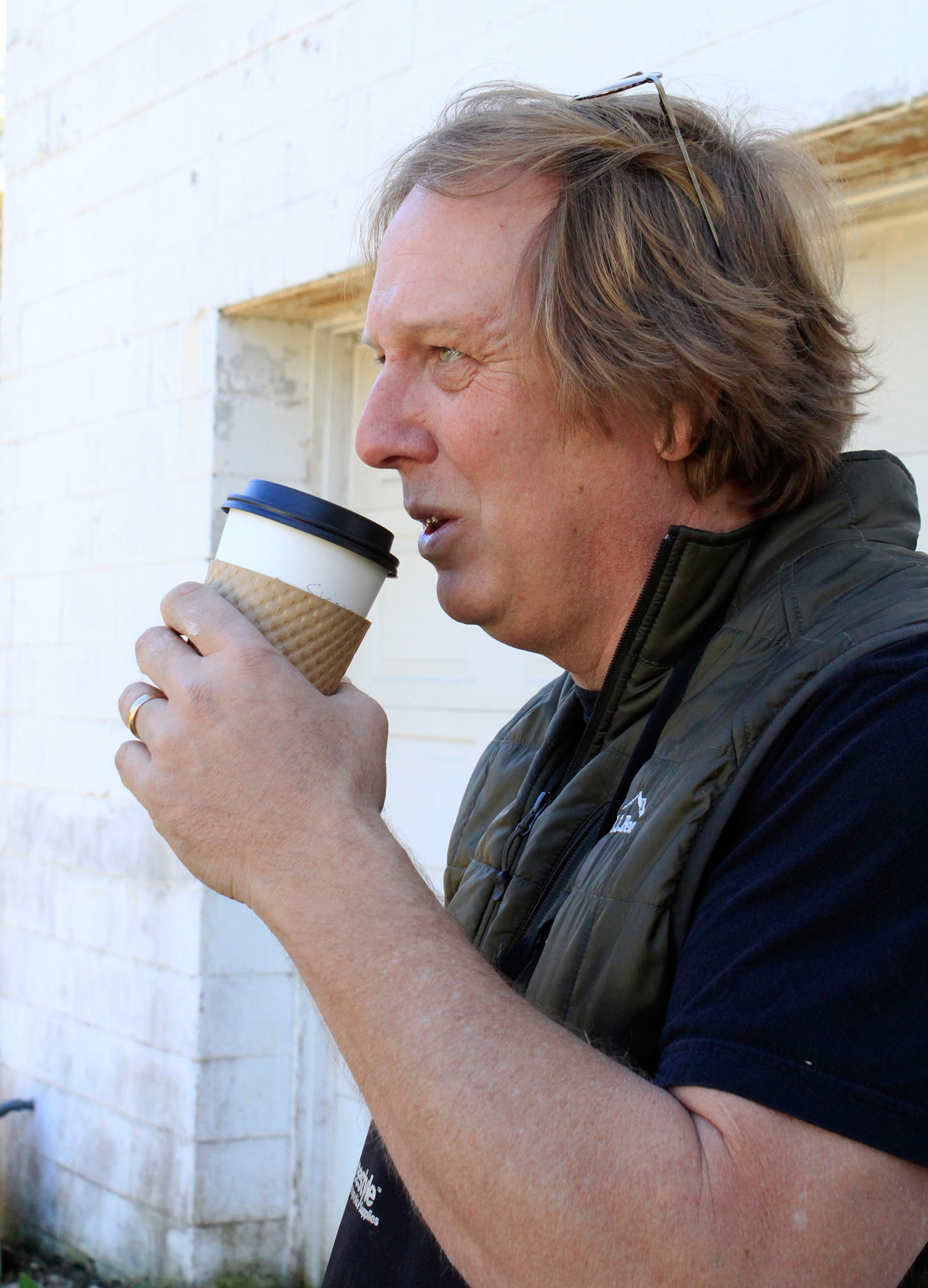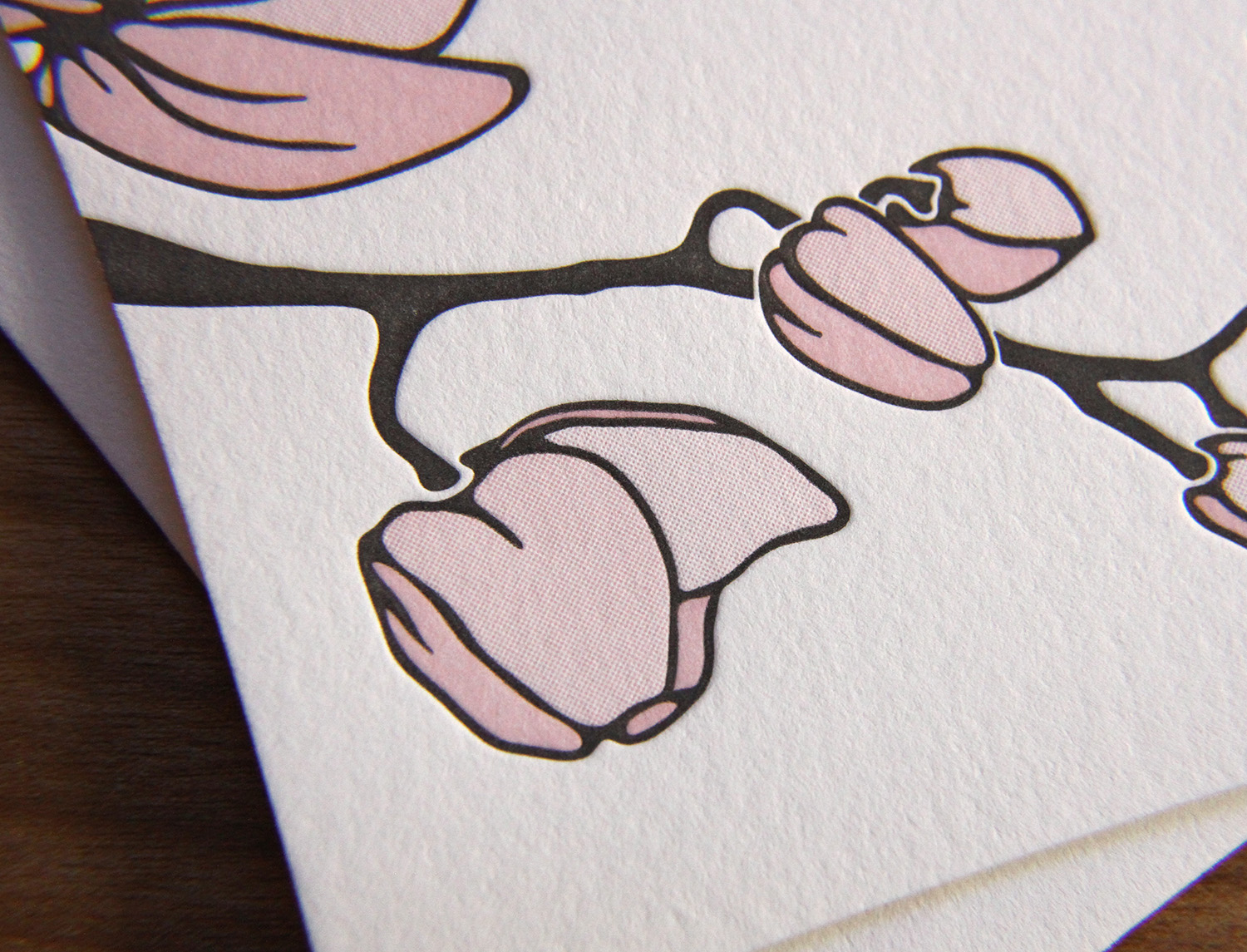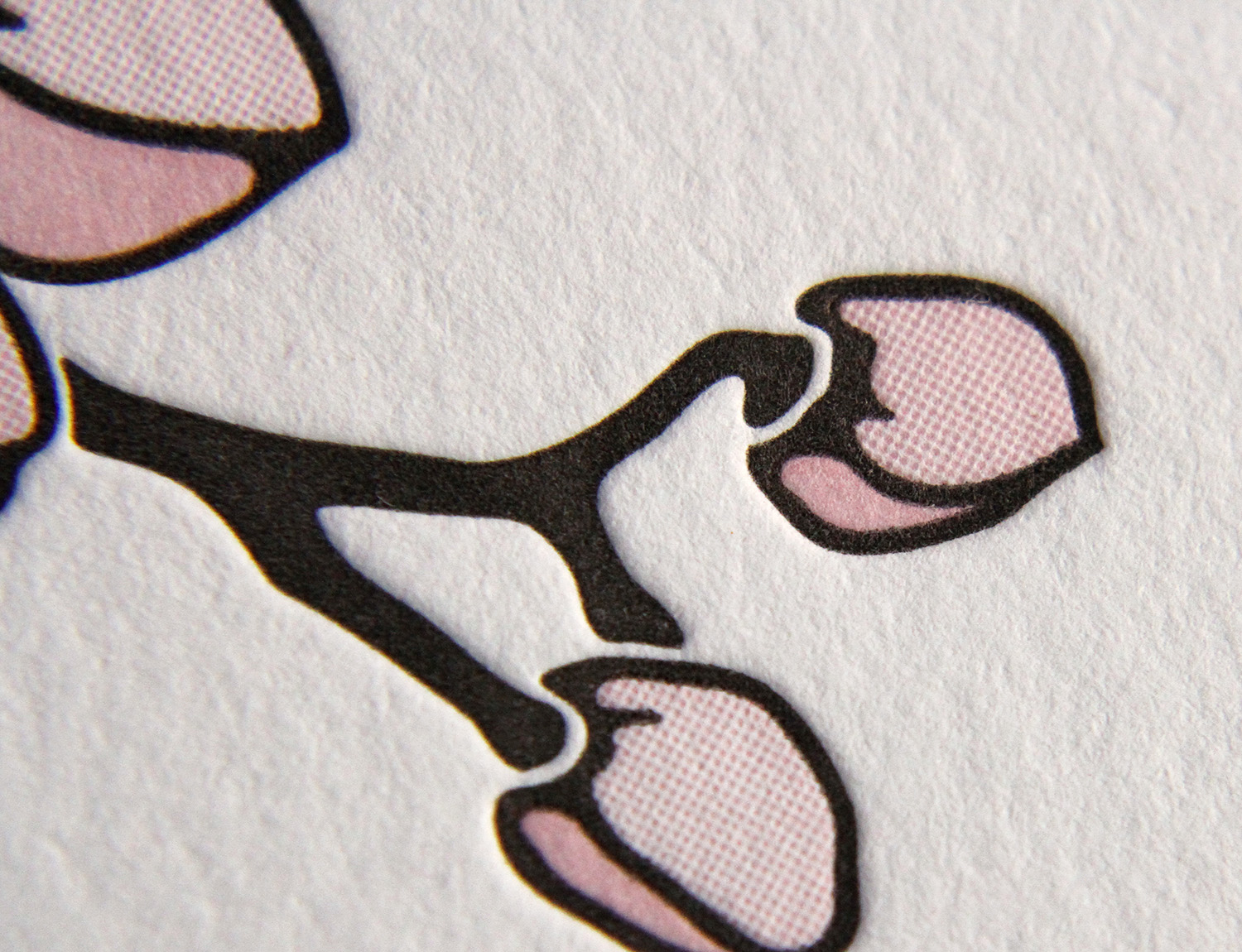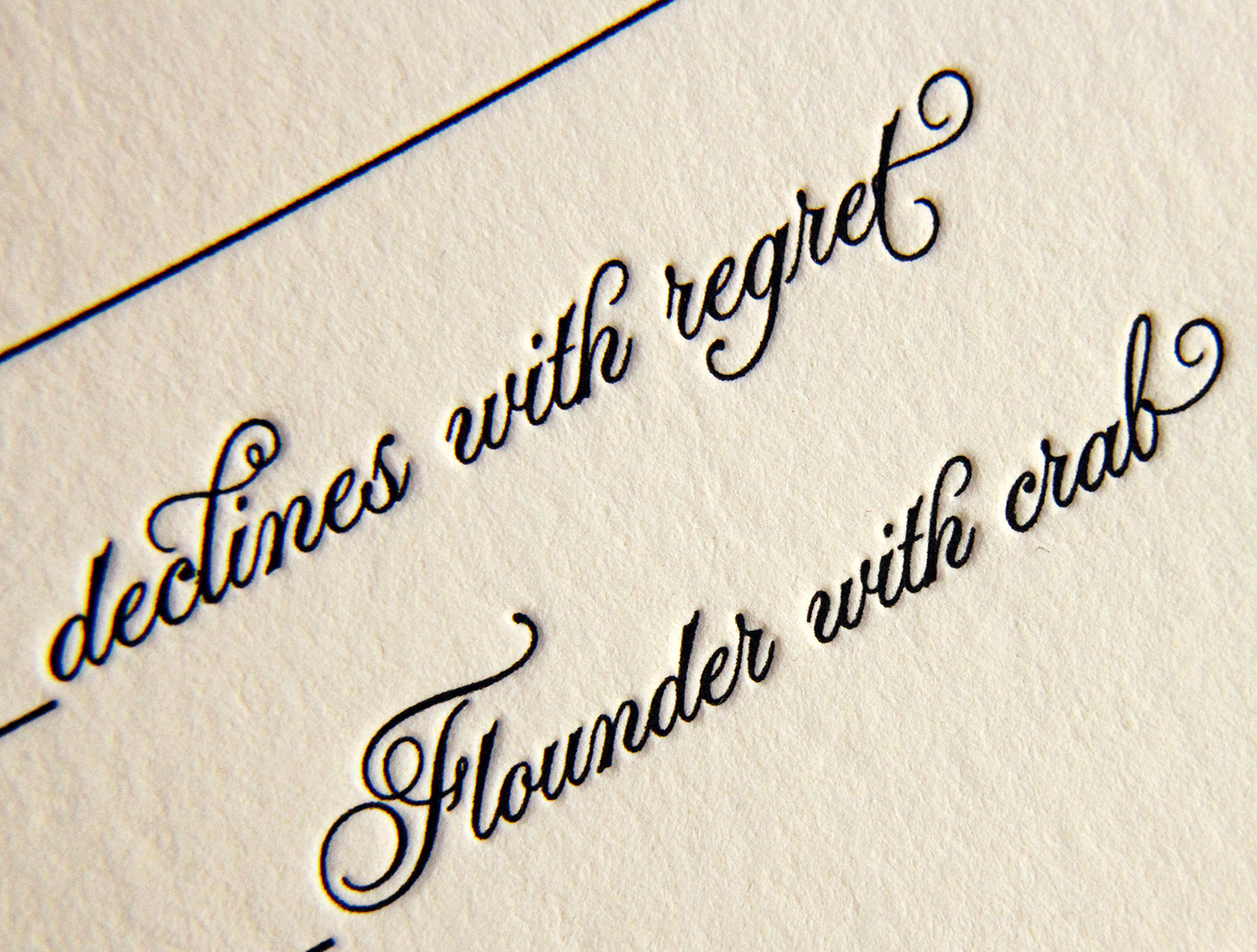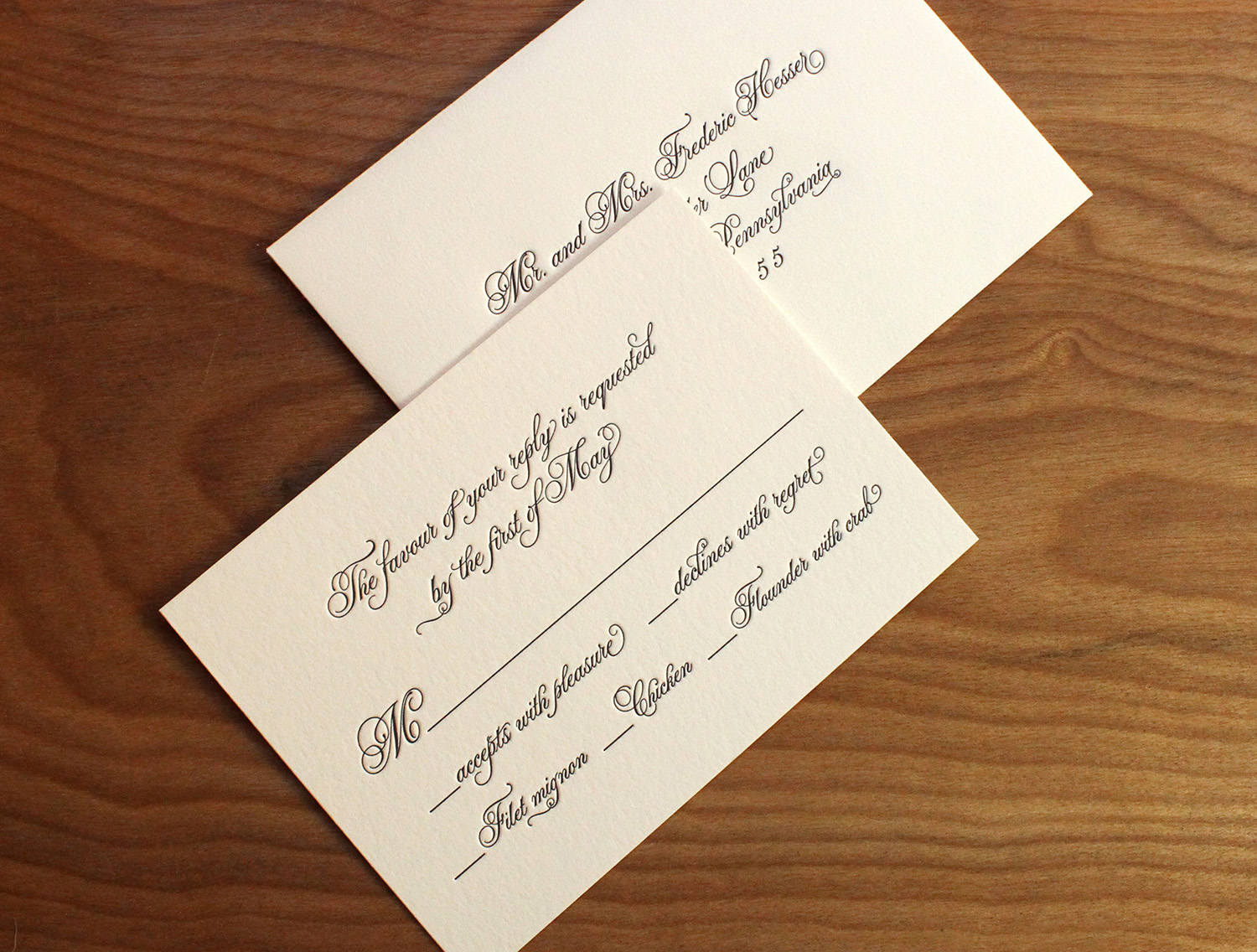First, a bit about Music Maker. The foundation, founded in 1994 by Tim and Denise Duffy and based in Hillsborough, NC, "was founded to preserve the musical traditions of the South by directly supporting the musicians who make it, ensuring their voices will not be silenced by poverty and time." Music Maker not only helps support Southern roots artists who have fallen on hard times (an excellent goal in and of itself), but also helps provide resources to get them performing and recording again, providing invaluable cultural documentation of Southern musical traditions. Per their website, since their founding, "we have assisted and partnered with over 300 artists, issued over 150 CDs and reached over a million people with live performance in over 40 states and 17 countries around the globe." It's a great organization, so be sure to check out their website and read more about it.
So ... tintypes? Tim Duffy, it turns out, is not only a music historian and philanthropist, but he's also a photographer. And what does a photographer do, when spending time his musical heroes, recording these living legends? He records their images, as well. And what better way to preserve the unique history of these artists, than with an old form of photography that produces one-of-a-kind images that will last hundreds of years? He honored the past, and learned to make tintypes — a photographic process more than a century and a half old. Together with colleague Aaron Greenhood (Music Maker's Artist Services Coordinator and tintype chemist) he produces these portraits, which are given to artists, used as donor gifts, and sold on their website to foundation supporters and music fans. (To learn more about the project, visit Music Maker's tintype page.)














